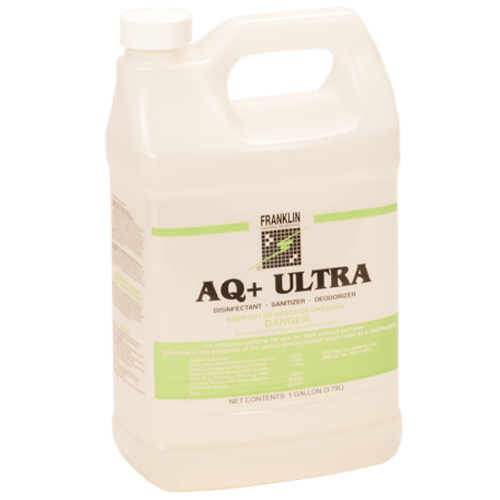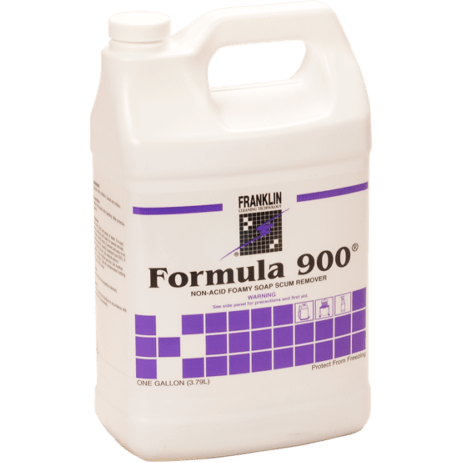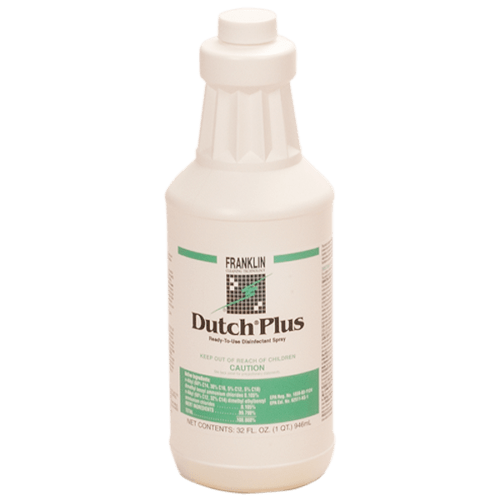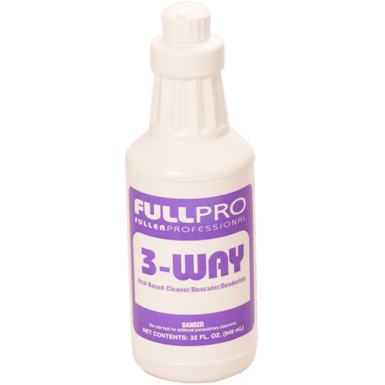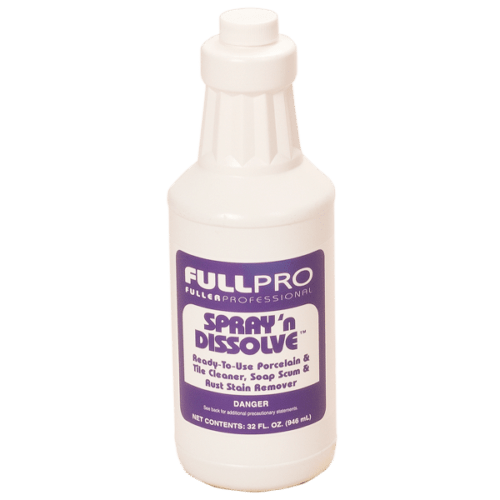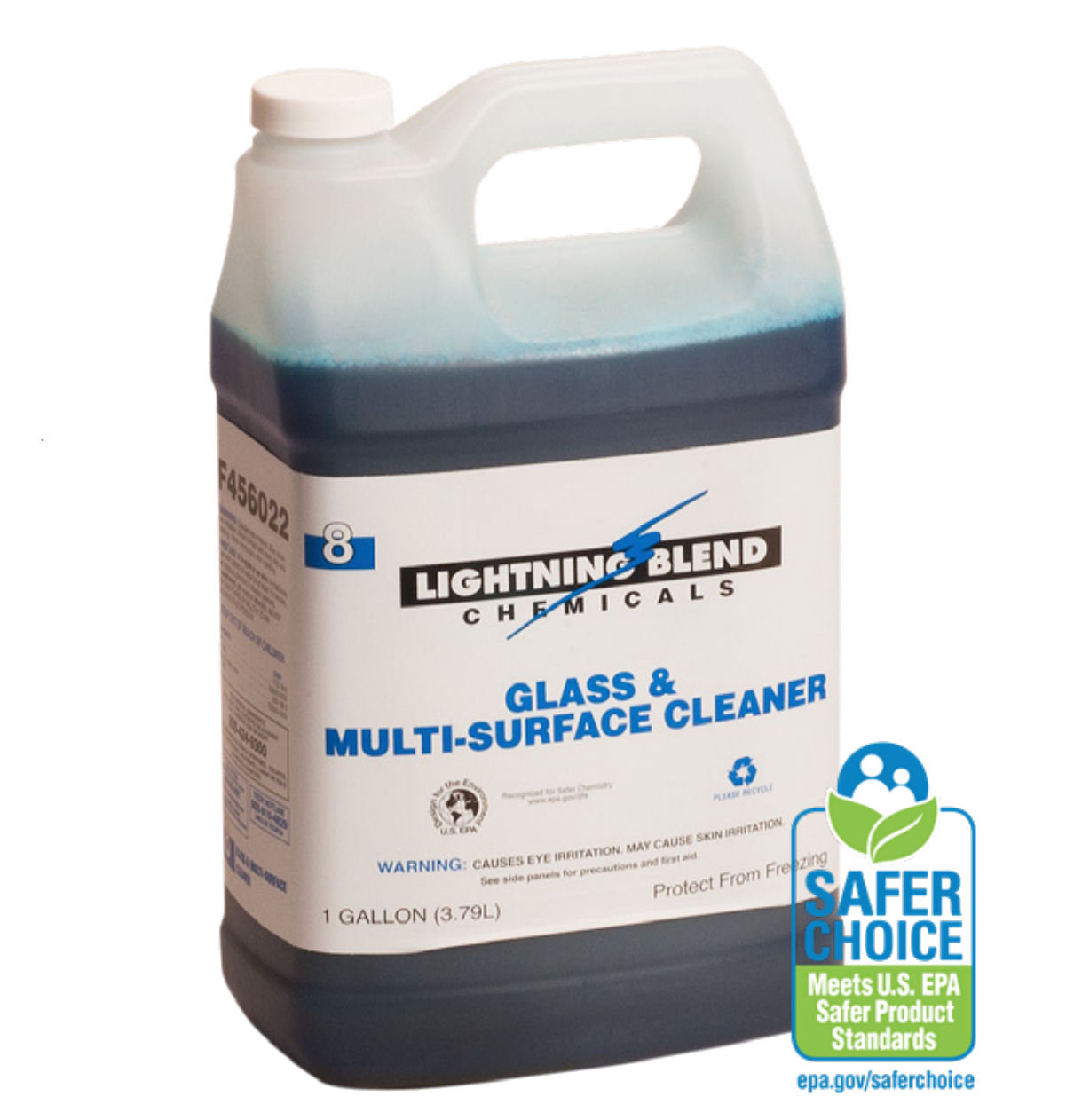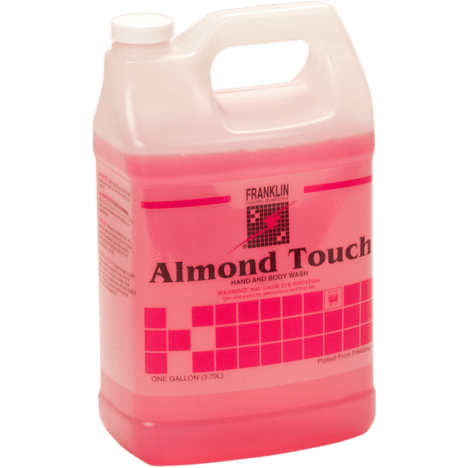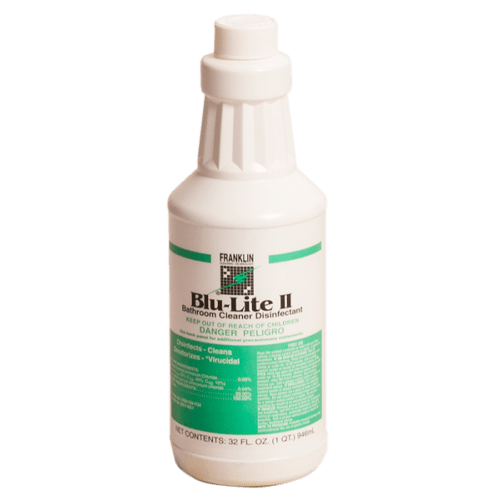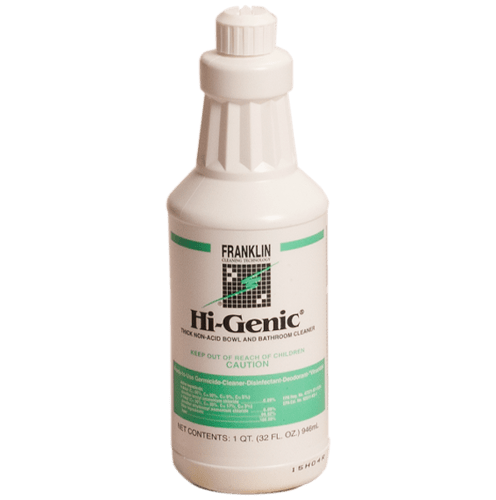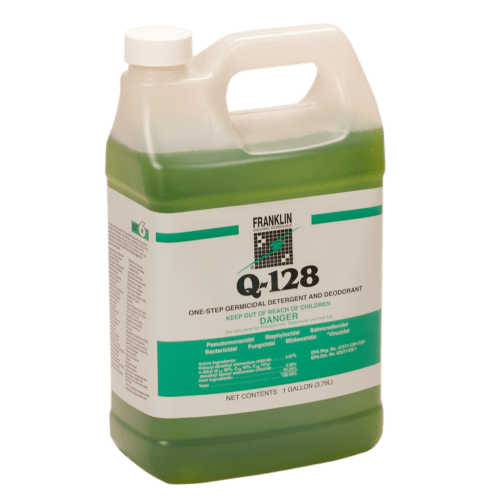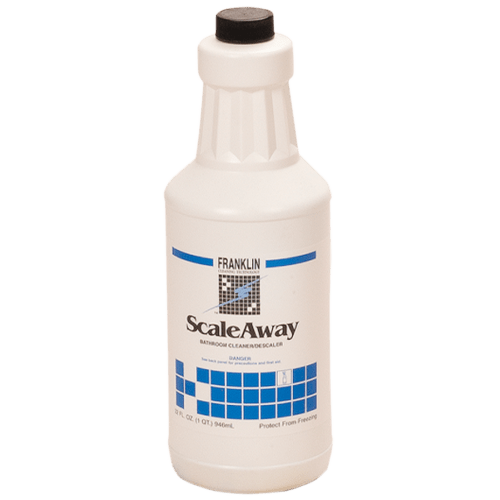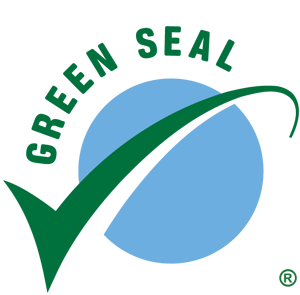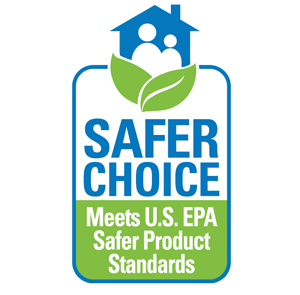Fuller Industries manufactures a range of commercial cleaning chemicals and tools with a specific selection designed to make restroom cleaning simple and efficient.
For best results, follow the instructions on the label for each product. Our training program seeks to give a solid base of information for any member of a janitorial or facilities maintenance staff member to build on with experience.
It’s important to follow the procedures given to you by your supervisor, since those steps are designed specifically for the job at hand.
Our bathroom care line of chemicals are developed specifically for cleaning, disinfecting, and maintaining commercial restrooms on a regular basis, and our training imparts information gleaned over years of experience in manufacturing these chemicals and working with end users. When used as directed, our chemicals provide a safe and efficient solution for all restroom cleaning requirements.
Before beginning any restroom cleaning procedure, it’s important for the cleaner to notify anyone in the area that the cleaning is about to begin.
The cleaner should gather personal protective equipment, including eye protection and gloves, and also gather together the required cleaning supplies for the job at hand.
Always follow manufacturer label instructions on any cleaning product.
Restrooms should be cleaned daily, including hard-to-reach areas behind toilets and around urinals. The floor should be machine-scrubbed monthly using a tile and grout cleaner.
Set a wet-floor sign in the doorway.
Dust thoroughly from high to low, starting at the back of the restroom and moving forward to the door, flushing each toilet as it’s passed.
Thoroughly sweep the floor and pick up the debris with a dustpan.
Spray disinfectant on all sinks, toilets, urinals, and tile walls around these areas, and let the disinfectant remain on the surface, or dwell, for ten minutes.
Empty trash from all receptacles and wipe them down using a wrung-out, yellow microfiber cloth that soaks in a one-gallon bucket of disinfectant when not in use. Once the receptacles are cleaned, replace the liners.
Clean and disinfect all towel and tissue dispensers and restock them.

Wipe down walls and partitions with a wrung-out, yellow microfiber cloth that soaks in a one-gallon bucket of disinfectant when not in use.
Clean graffiti off walls as necessary, and clean and dry all sinks, counters, faucets, and chrome flush valves with a wrung-out, yellow microfiber cloth that soaked in a one-gallon bucket of disinfectant.
Clean mirrors using a blue microfiber cloth.
Clean all toilets and urinals with a bowl mop and disinfecting bowl cleaner. Use a red microfiber cloth to clean toilet seats, rims, and the tops of toilets.
Wipe down both sides of the bathroom entrance door with the yellow microfiber cloth. Dump the remaining disinfectant down the floor drain to keep it flushed clean.
Fill a bucket with water to four gallons and add a disinfecting floor cleaner. Mop the floors, starting at the back of the room and work toward the entrance door. When dipping the mop into the bucket, don’t wring it out, instead let the cleaning solution drip off. Once it’s finished, mop the floor again, wringing out the mop to pick up excess water.
When leaving, be sure to leave the wet-floor sign in place and lock the restroom. Be sure to unlock the door when the restroom will be required to be back in service.
Watch these videos for additional training cleaning a restroom

